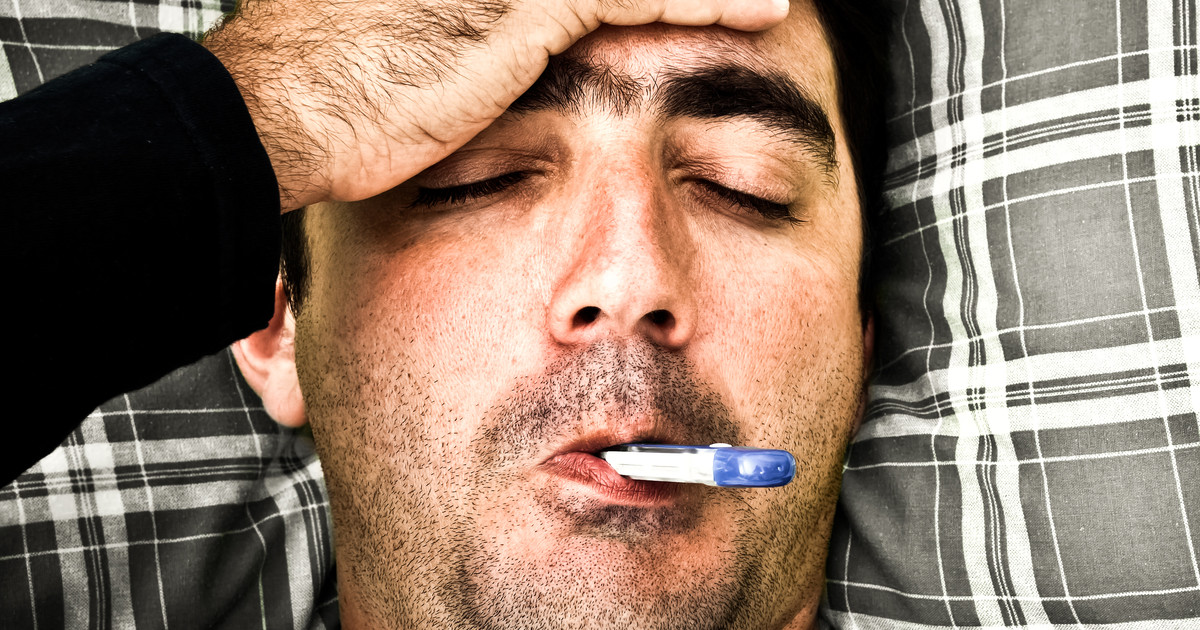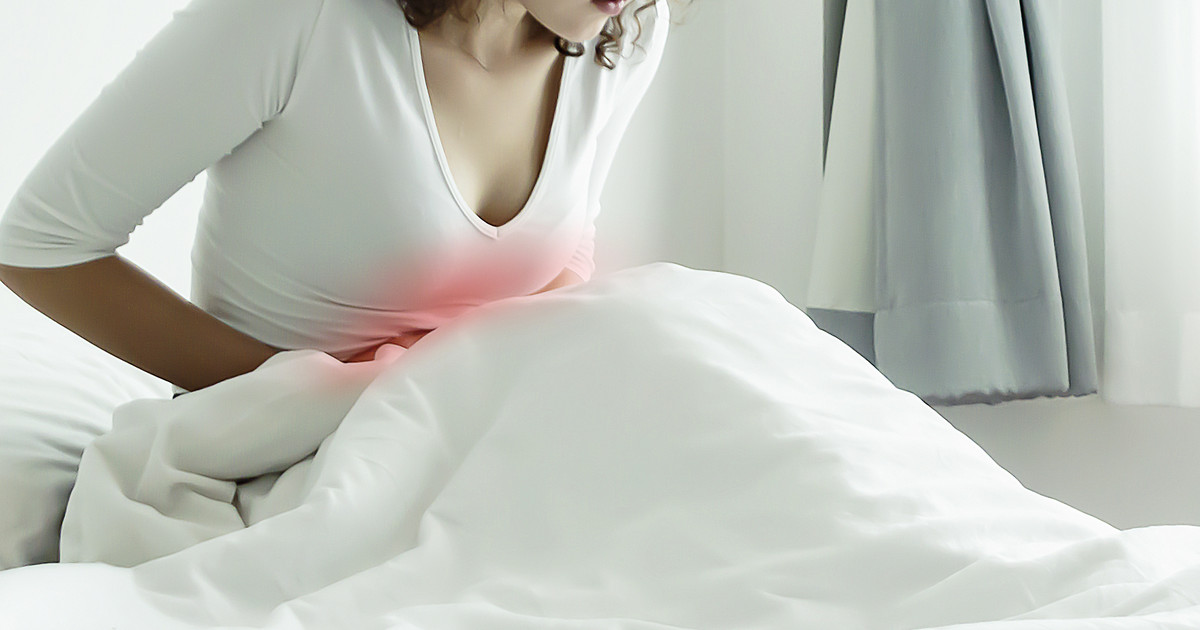What Are The Symptoms Of A Gallbladder Attack?
A gallbladder attack seems to happen when gallstones block the bile duct. This may stop bile from flowing out of the duct. The gallbladder seems to spasm during an attack and may trigger severe pain. One-third of gallstone patients may deal with gallbladder attacks. They should consider going to the emergency room for immediate treatment. They may need abdominal ultrasounds, blood tests, a CT scan, and a HIDA scan, among other tests, to diagnose their condition.
Pain and nausea medication at the hospital may help keep patients comfortable. Some patients may get medication for gallstones as well, which may dissolve small ones. The goal is gallbladder pain relief. Thankfully, gallbladder attack treatment may help quite significantly. However, gallbladder removal may be needed as a treatment for repeated gallbladder attacks.
Persistent Abdominal Pain
Many individuals seem to deal with persistent abdominal pain as a warning sign of a gallbladder attack. This pain may also be quite intense. Patients appear to feel the pain in their upper right abdomen. However, it may be felt high up in the abdomen's center as well. Some patients seem to find that their pain moves to the space between their shoulder blades or their right shoulder. This may happen as the gallbladder attack progresses. Individuals appear to describe this gallbladder attack pain as sharp and stabbing. It seems to start suddenly and may last for quite a few hours. Some patients appear to have trouble sitting still because of the pain.
Pain from a gallbladder attack does not seem to change or worsen when an individual moves. Individuals may need strong pain medication at the hospital to help get rid of some pain. However, they may need to take pain relievers for a few days when they return home.
Reveal more potential symptoms of a gallbladder attack now.
Fever And Chills
Some individuals may have a low-grade fever as a symptom of a gallbladder attack. This seems to refer to a body temperature of between 100.4 and 102.2 degrees Fahrenheit. It appears that chills may occur as well. If patients deal with both fever and chills, they may also have a bacterial infection in their gallbladder. A high fever seems to indicate gallbladder inflammation. An inflamed gallbladder appears to be a possible complication of gallbladder attacks.
Doctors seem to monitor patient vital signs, such as their temperature, regularly in the hospital. This may be particularly common when they suspect a gallbladder attack. Individuals should consider informing their doctor or nurse if they experience any chills or shaking. In some cases, doctors may choose to administer fever medication to patients. Other remedies for lowering an individual's temperature may include a cool compress on their forehead or removing a layer of clothing.
Get more information on the potential warning signs of a gallbladder attack now.

